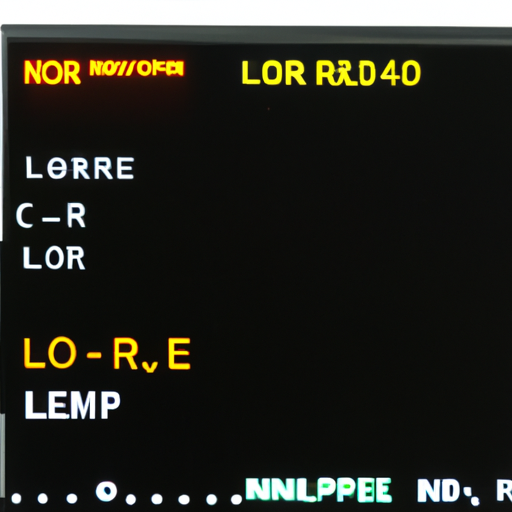

Certainly! Below is a refined overview of LCD (Liquid Crystal Display) and OLED (Organic Light Emitting Diode) technologies, focusing on their core functionalities, applications, and notable development cases.
| Brightness and Contrast: OLEDs typically outperform LCDs in contrast and brightness, especially in low-light environments.Brightness and Contrast: OLEDs typically outperform LCDs in contrast and brightness, especially in low-light environments. |
| Power Consumption: OLEDs can be more power-efficient when displaying darker images, while LCDs may consume more power due to their backlighting.Power Consumption: OLEDs can be more power-efficient when displaying darker images, while LCDs may consume more power due to their backlighting. |
| Lifespan: LCDs generally have a longer lifespan compared to OLEDs, which can experience burn-in issues over time.Lifespan: LCDs generally have a longer lifespan compared to OLEDs, which can experience burn-in issues over time. |

Both LCD and OLED technologies have distinct advantages and applications. LCDs remain a staple in many consumer electronics due to their cost-effectiveness, while OLEDs are increasingly favored in high-end applications for their superior image quality and flexibility. As technology advances, we can anticipate further innovations in both areas, leading to enhanced applications and improved user experiences.
For developers, understanding the strengths and weaknesses of each technology is crucial for selecting the appropriate display solution for specific applications. This knowledge can guide decisions in product design, ensuring optimal performance and user satisfaction.
